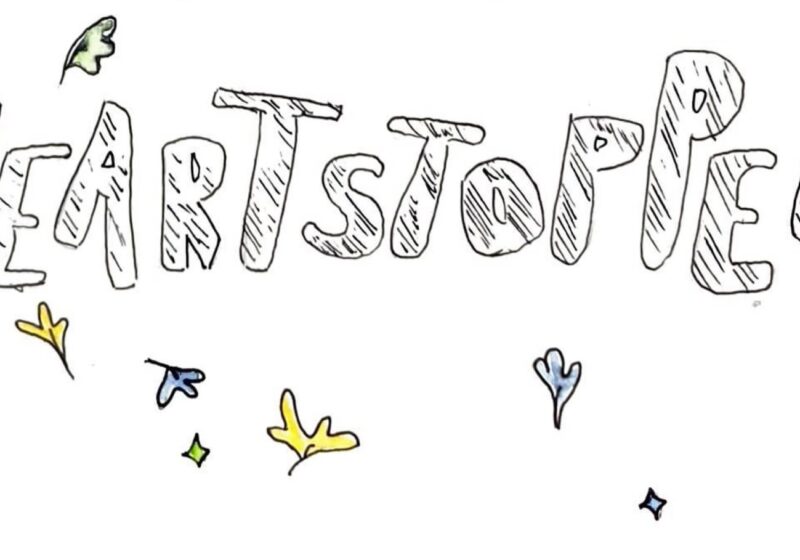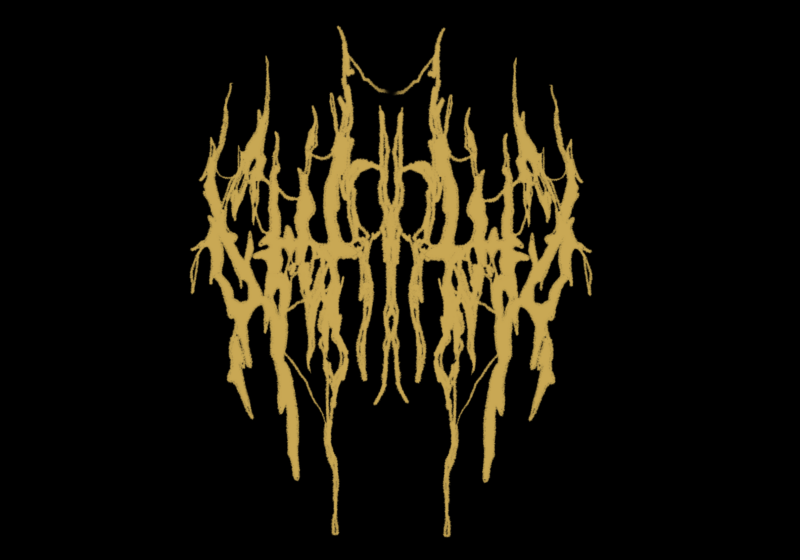Twenty-four years ago, Judith Pipher helped make history.
Over two decades ago, Pipher and a group of colleagues set in a little on-campus observatory, found a new way of looking at the moon by mounting a prototype infrared detector onto a telescope in order to take the first infrared photograph of the moon in history.
Soon, Pipher will once again make history upon her induction into the National Women’s Hall of Fame (NWHF), who already earned the Susan B. Anthony Lifetime Achievement Award in 2002, will be among nine women this year to be inducted into the prestigious institution.
Founded in 1969 in Seneca Falls, NY, birthplace of the women’s suffrage movement, the NWHF has thus far recognized only 217 women. According to the NWHF, the institute was created to honor “these women?whose contributions to the arts, athletics, business, education, government, the humanities, philanthropy and science, have been [of] the greatest value for the development of their country.”
Pipher’s contributions to science are numerous, all being mostly within the realm of infrared science. In addition to the ground-breaking infrared photography used on the moon, Pipher has been integral in the evolution of infrared technology from crude machines to multi-megapixel arrays.
The Spitzer Space Telescope, launched by the National Aeronautics and Space Administration in 2003, utilized infrared detectors that Pipher helped to create. Pipher and her colleagues use the telescope to investigate star clusters and brown dwarfs, which can only be studied with infrared technology. In addition to this, Pipher has worked on numerous committees that examine funding for NASA and the National Science Foundation.
Besides her science career, Pipher has been a teacher at UR for over 35 years. Graduating with a B.S. from the University of Toronto in 1962, Pipher received her doctorate from Cornell University in 1971, and shortly thereafter joined UR as an instructor before being named Assistant Professor of Astronomy in 1972. Ascending to the position of associate professor in 1977, she soon took over as the director of the C.E.K. Mees Observatory from 1979 to 1994.
In addition to winning the Susan B. Anthony Lifetime Achievement Award, Pipher also earned the Award for Excellence in Undergraduate Teaching for the Department of Physics and Astronomy in 2001.
“Judy is one of our nation’s leading astronomers,” said Dean of the College Faculty Peter Lennie in a press statement. “Through a career marked by major scientific accomplishments, Judy has contributed decisively to our understanding of Earth’s astronomical origins and to the technology that enabled that success.”
The instatement of Pipher into the NWHF, which will occur in a formal ceremony on Oct. 6 and 7 later this year, is a landmark in more ways than one. The past year presented a new emphasis on American competitiveness in science, as outlined in President George W. Bush’s 2006 State of the Union speech.
In addition to general examination of American scientists, particular emphasis has been placed on the number of women scientists, an event catalyzed by the remarks of Lawrence H. Summers, former president of Harvard University.
Summers, speaking before the National Bureau of Economics Research at a conference entitled “Diversifying the Science & Engineering Workforce,” suggested there was a tie between natural abilities in women and their capabilities in scientific areas of study. In the media maelstrom that followed, Summers resigned from his office on June 30, 2006, but debate continued over the number of women scientists.
Pipher is holding out hope.
“When I entered the field 40 years ago, roughly 12 percent of the scientists were women, and the percentage is about the same now,” said Pipher. “The good news, though, is that we are starting to see a larger percentage of women in our undergraduate classes. But we have to translate this to the next level – women getting doctorates in astronomy, too.”
Brenneman is a member of the class of 2009.




